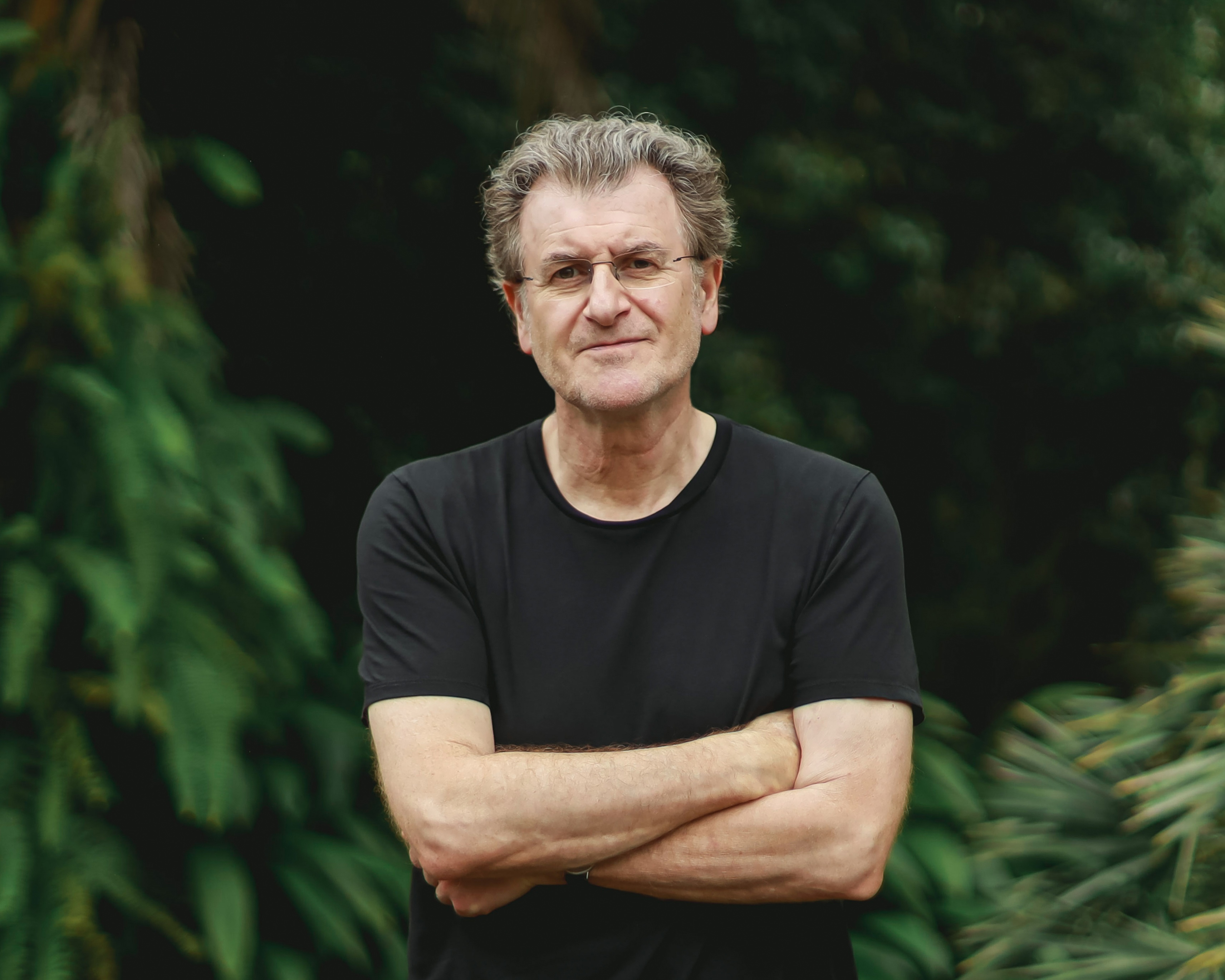This article was created in partnership with Prix Pictet
Portrait of Alfredo Jaar © Andrea Rego Barros
In a time of censorship and climate denial, what is the role of photography? Now on show at V&A South Kensington alongside 11 shortlisted photographers for the Prix Pictet, Alfredo Jaar reflects on feelings of hope and helplessness in the midst of environmental disaster.
Between the Wasatch Mountains and the Great Basin Desert sits Utah’s Great Salt Lake. As the largest saltwater lake in the Western Hemisphere, it is a vital part of the region’s ecosystem – except, now, what was once a formidable expanse of water and nature is dwindling to stretches of dry, cracked mudland; what used to be a thriving hub for wildlife is now littered with the corpses of thousands of birds.
Due to global warming and rapid population growth, the Great Salt Lake has lost 73 per cent of its water and 60 per cent of its surface area since the mid-19th century. Experts have called it an “environmental nuclear bomb” for the profound – and near – threat that it poses to Utah’s lifeblood. If the trajectory continues, communities will be exposed to dangerous levels of toxic dust. One of the great bird migratory routes of North America may well vanish. And Utah’s industries will lose their much-needed minerals supply.
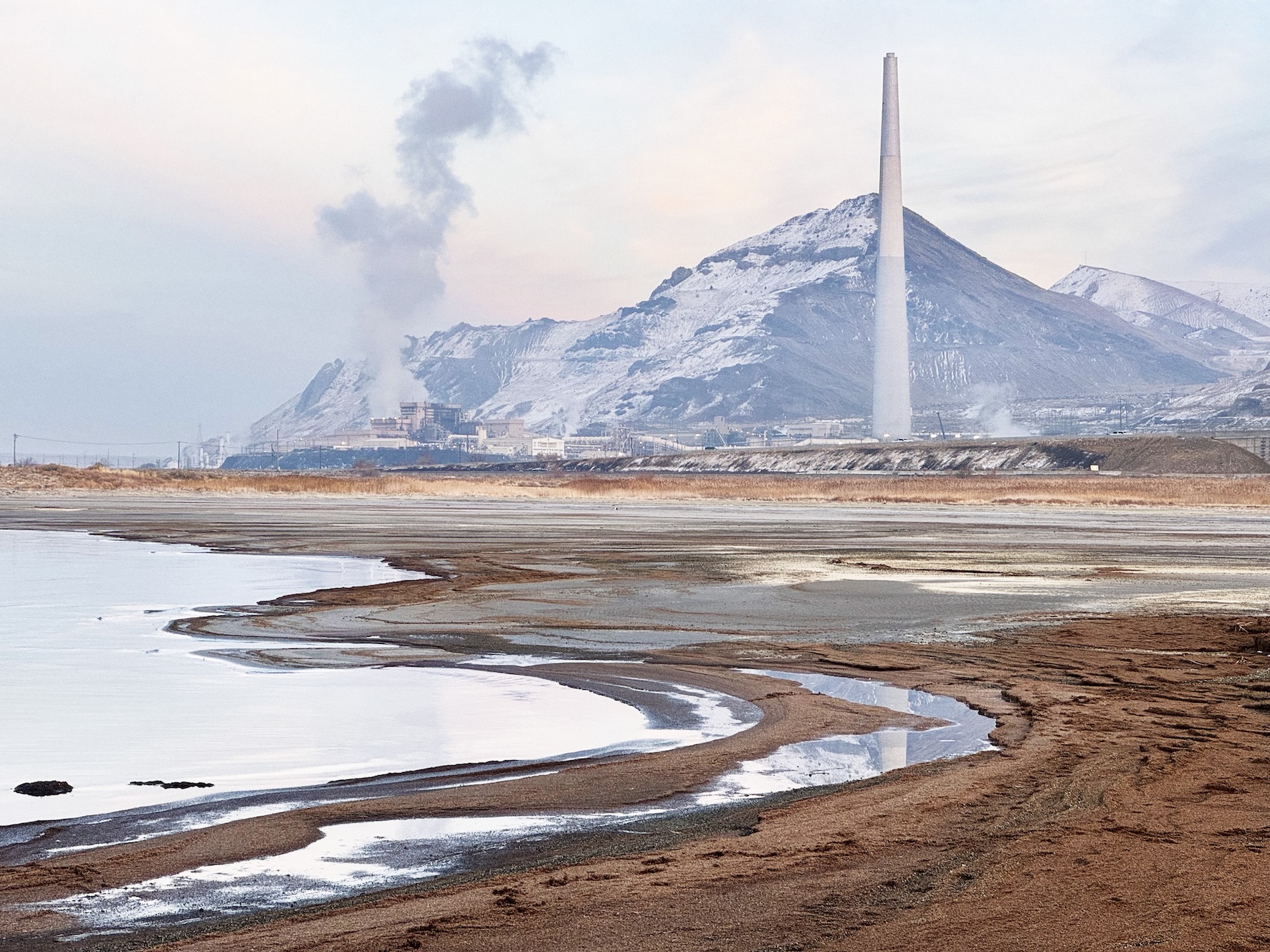
“I’m always looking for the perfect balance between information and poetry”
– Alfredo Jaar
It is a stark reminder of the knock-on effects of ecological crises; how, thread by thread, they can unravel the fabric of our lives and societies, impacting public health, habitat and the economy in one pull. Such is the subject of Alfredo Jaar’s 2025 Prix Pictet-winning series, The End. The Chilean-born, New York-based artist has been named the latest winner of the prestigious photography award for his poignant documentary images – which capture the beauty of the Great Salt Lake, coupled with the tragedy of its impending demise.
In The End, dwindling streams peter out across parched ground. Industrial smoke permeates the air. Yet mountains rise resolutely, as pastel pinks and blues melt across the sky. It is a portrait of what we have lost, and the fragility of that which remains; the latest instalment to Jaar’s uncompromising oeuvre which, for some 35 years, has acted as an antidote to indifference.
First and foremost a conceptual artist, Jaar has used text, images, installation and architecture to explore the most urgent social, political and humanitarian questions of our time. He is perhaps best known for The Rwanda Project, which shone a harrowing light on the 1994 Rwandan genocide.
“I’m always looking for the perfect balance between information and poetry; information and spectacle,” Jaar says of his work. “That balance is very difficult to achieve. If it is too informative, it becomes boring, dry, didactic… If it is too poetic, it becomes too sweet, too decorative, and it loses its power.” It is that delicate equilibrium, in Jaar’s view, that can move and illuminate audiences, stirring thought, feeling and action.
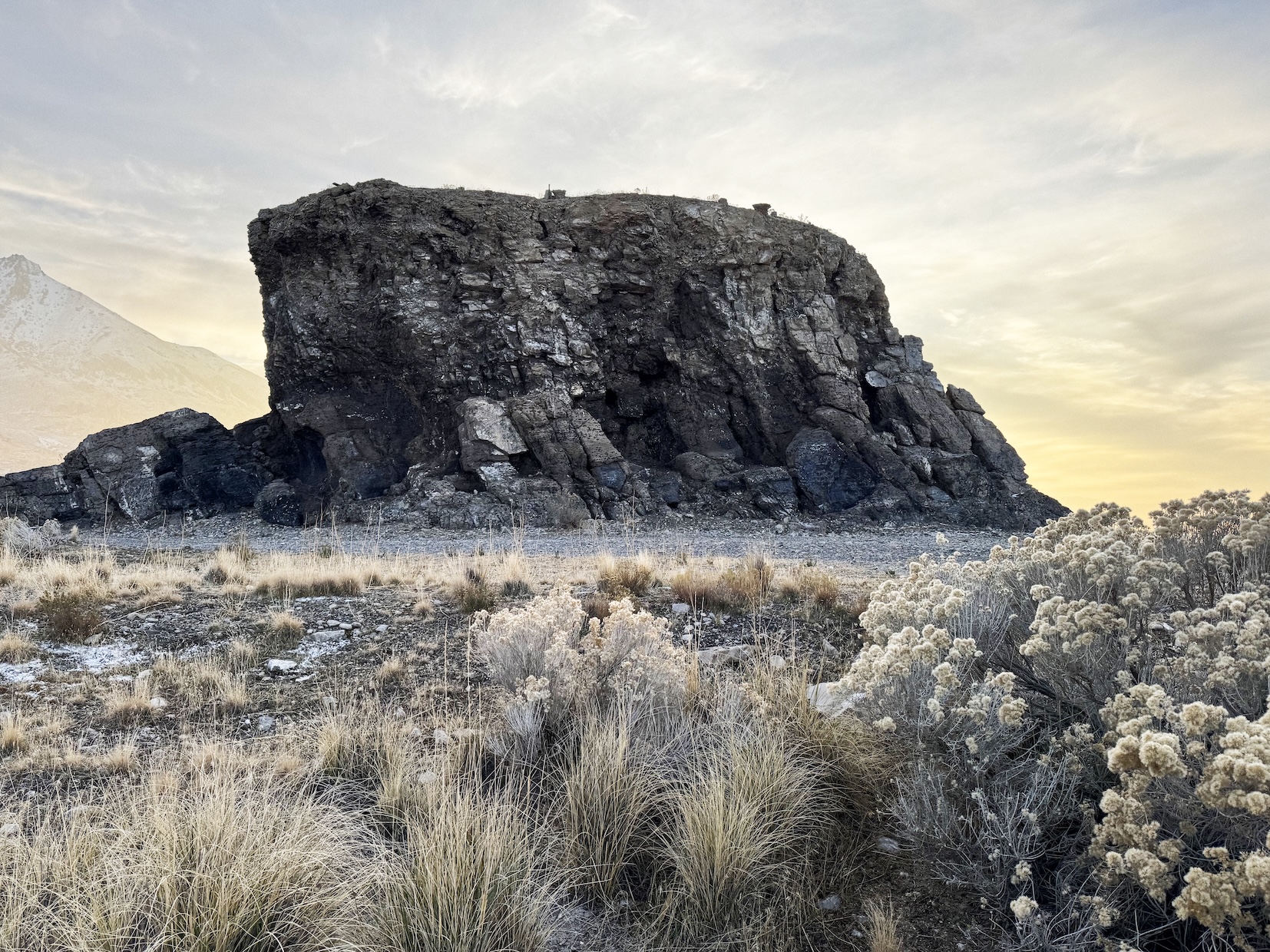
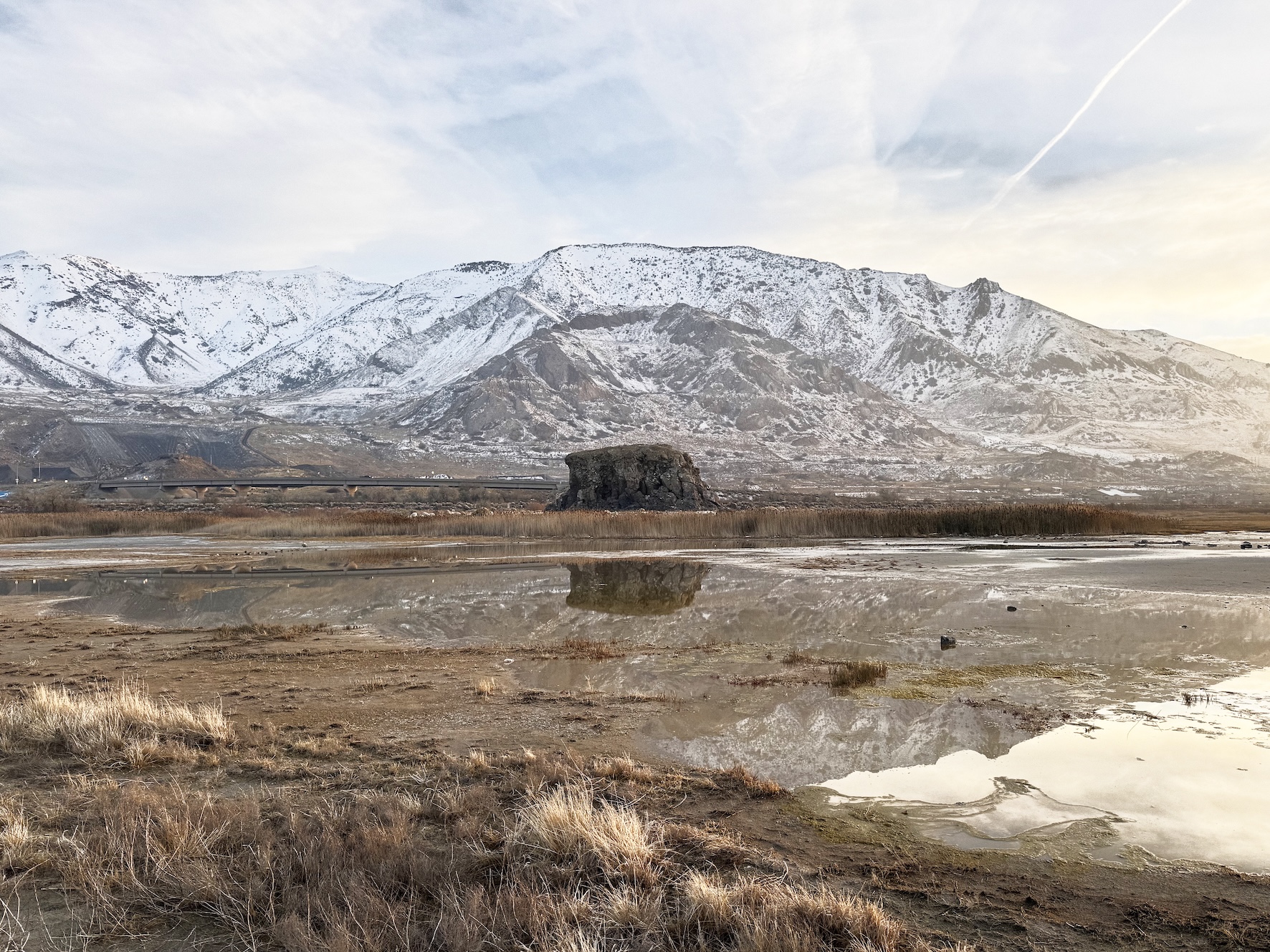
For the 11th edition of the Prix Pictet, a global network of over 350 nominators identified artists whose work aligned with the theme ‘Storm’. From the persistent threat of hurricanes in Louisiana to the strength and resilience of people in Gaza, the shortlisted work collectively explores both literal and metaphorical ‘storms’ – the many forces uprooting today’s world, whether environmental, political, economic or social. The exhibition is currently on show at the Victoria & Albert Museum in London until 19 October 2025.
Jaar was nominated by Colombian curator María Wills Londoño. He had initially shot his winning images for research purposes: he was pitching for a commission from the Salt Lake City Arts Council to stage a series of public interventions for the lake crisis. His pitch was rejected, which he suspects was due to his criticism of, and directness towards, Utah’s politicians. But in hindsight, he found a story in the photographs.
The sequence starts out panoramic, with sweeping views of the landscape’s austere beauty; gradually, the scenes shift to close-ups of the lake’s desolate details, and finally, the viewer is left with the sun setting on a flock of birds – a quietly devastating metaphor for creatures that, in Jaar’s words, are “condemned to death”.
“The loss of the lake would be a tragedy of incalculable magnitude,” the artist says, and yet his images are characteristically minimalist; there is restraint in the simplicity, which he doubled down on in format. He chose to print them in a small, unspectacular size – “a visual whisper,” he calls it – about the width of his head. “The issue of our broken planet is so huge, and there is so much noise around it, that I didn’t want to keep yelling,” he explains. Rather, “it’s about forcing the audience to look very close. To come face to face with this tragedy.”
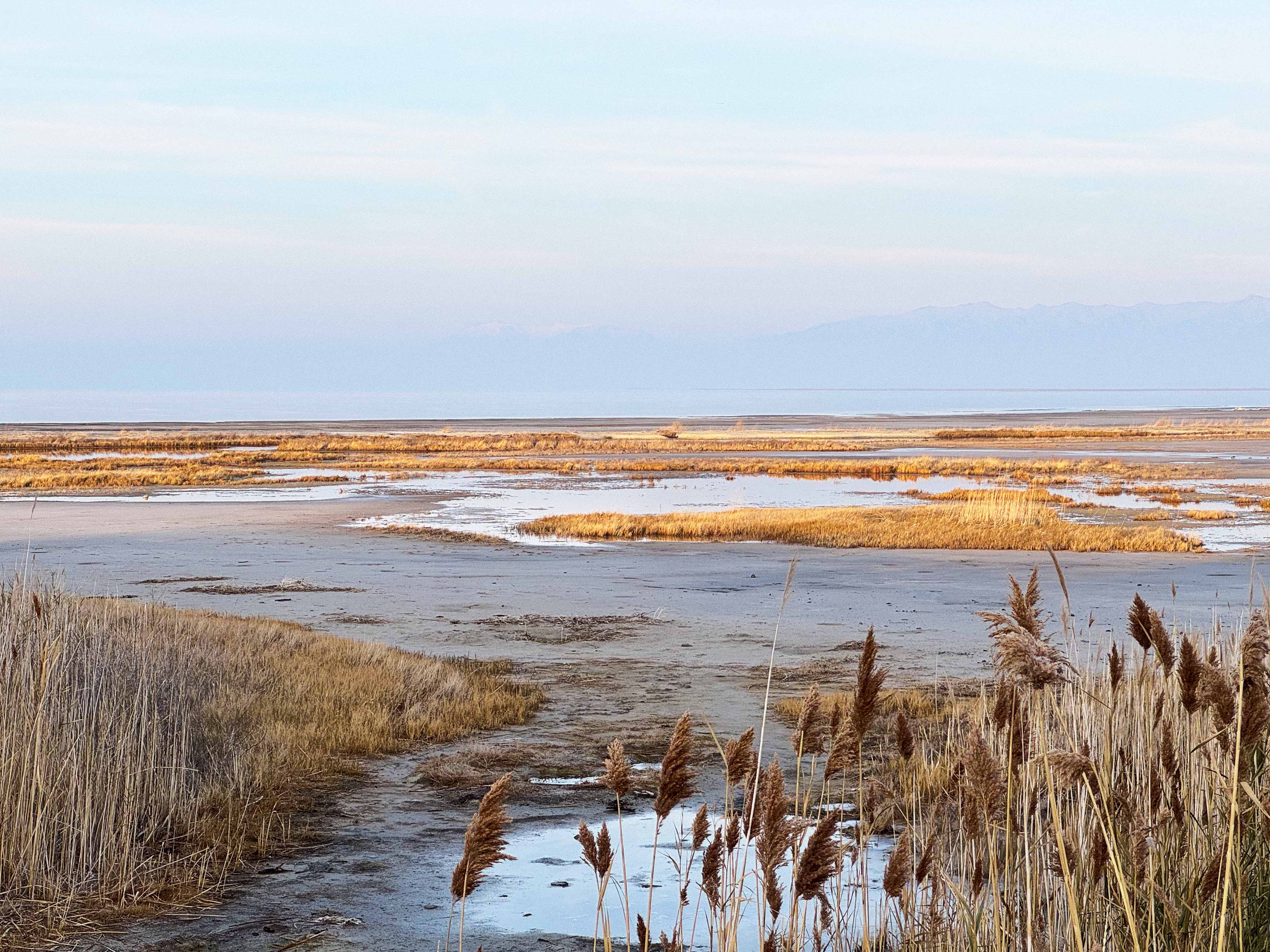
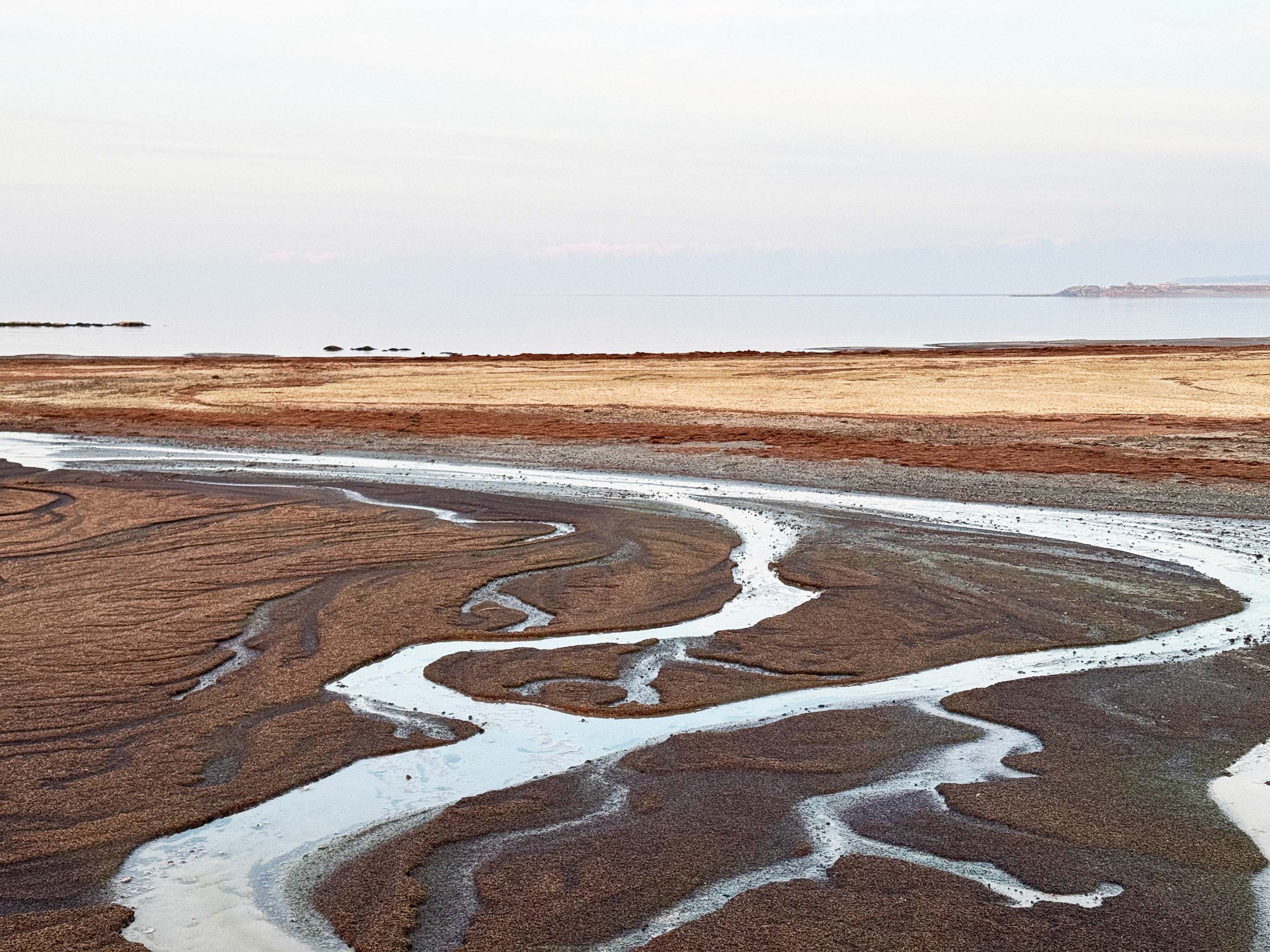
Other artists shortlisted for the 2025 Prix Pictet include Camille Seaman, Hannah Modigh, Tom Fecht, Belal Khaled and Balázs Gardi. Jaar does not characterise himself as a photographer, but it is an immense honour to be included among them, he says; at a time when “images have become more important than ever,” it’s a medium and discipline he has the utmost reverence for.
“We are going through an era of censorship, genocide, of killing of journalists, and killing of photographers… There’s an attempt by governments to blind us,” he says. “What photojournalists are doing, what photo-documentarians are doing, is maybe the last space of resistance and the last space of hope.” It is a statement applicable to multiple crises and contexts today. Including that of our climate – when just recently, President Donald Trump stood before the UN, and dismissed global warming as the “greatest con job” in the world.
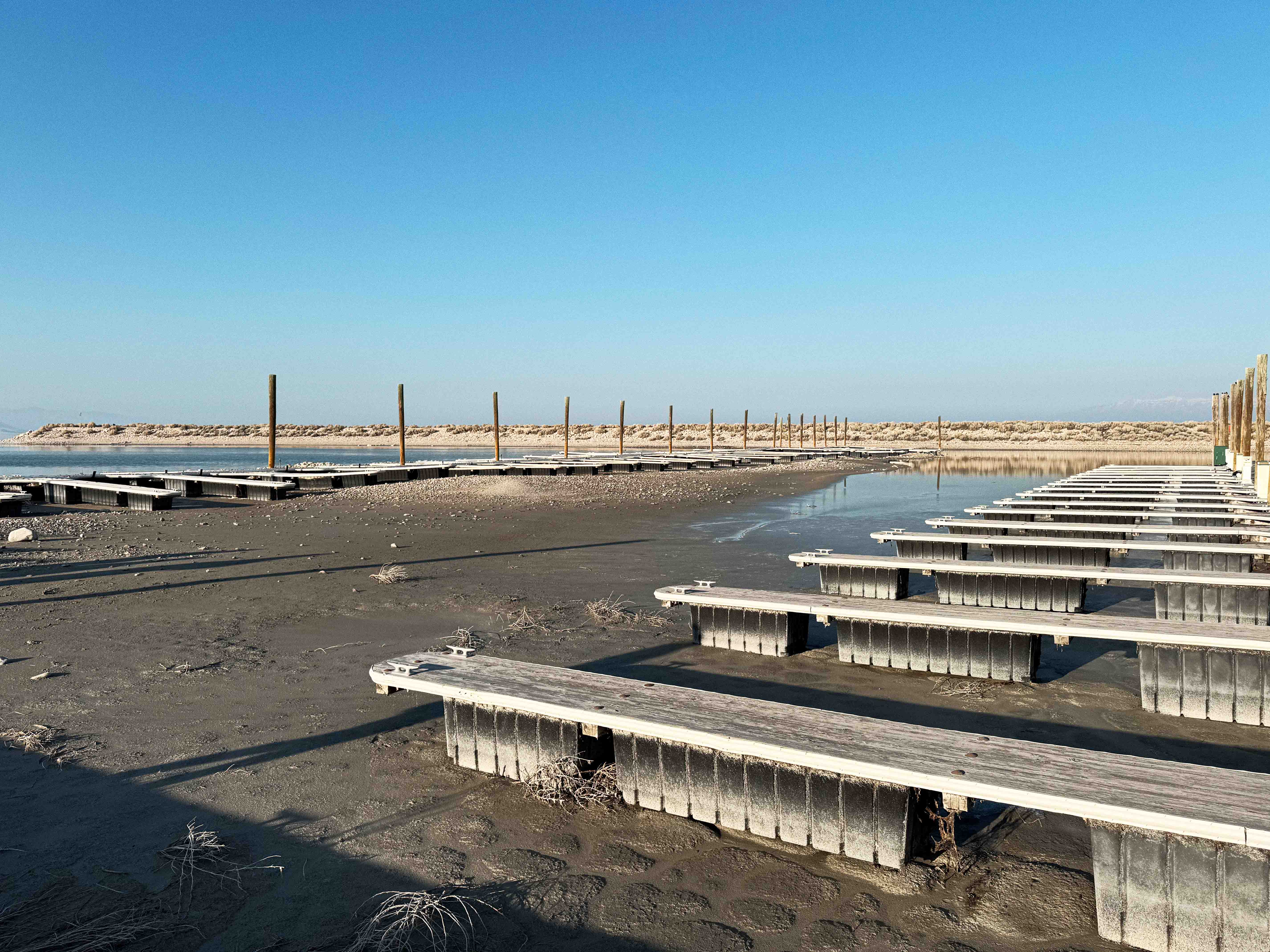
As an artist concerned with sounding the alarm on injustices and crises around the world, Jaar has described himself as “idealist and a utopian” in the past. Yet The End is an undeniably bleak title. Does he feel hopeful for our rapidly deteriorating planet – or is it despair? The answer is a bit of both. In the mid-1900s, the Italian philosopher and Marxist Antonio Gramsci, who had been imprisoned under Mussolini’s regime, wrote his Prison Notebooks, in which he spoke of the pessimism of his intellect, but the optimism of his will. That is how Jaar feels.
“When I look at the world around me, I am extremely pessimistic. Intellectually pessimistic. But the only antidote to that is to be an optimist with my will; to continue working, hoping to change that bleak reality.” That is what The End – and Jaar’s work – is about.
“My ambition is to change the world, which is something I will never reach,” he says. “I have discovered it to be true that art cannot change the world. But art can show us that the world can be different.”
Prix Pictet Storm is at V&A South Kensington until 19 October 2025. Then Ishara Art Foundation, Dubai 17 October – 13 December 2025; TOP Museum, Tokyo 12 December 2025 – 25 January 2026; and Luma Westbau, Zurich 6 March – 5 April 2026

